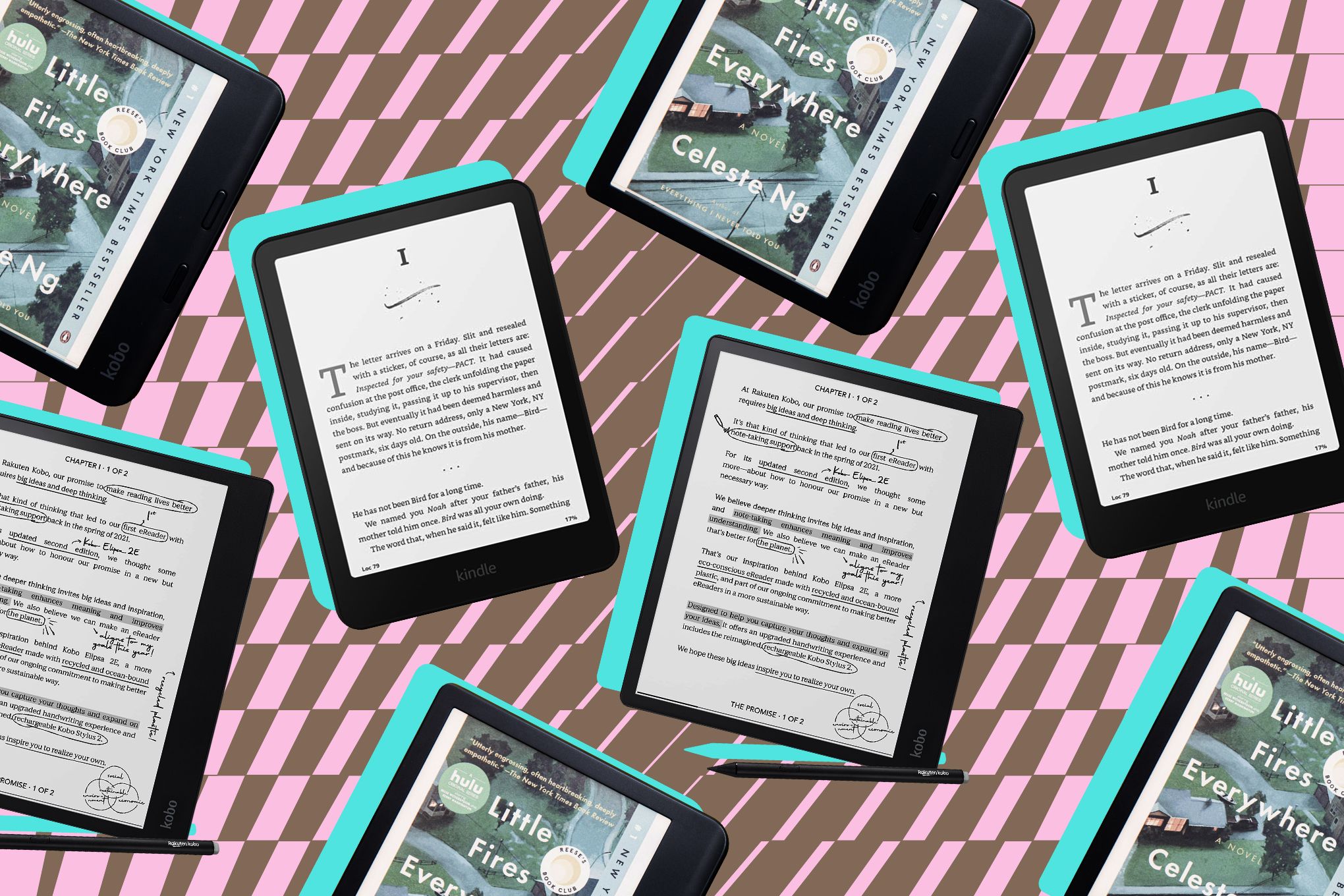Amazon and Kobo are locked in a fierce battle for control of the digital reading market, with both companies releasing new models just in time for holiday shoppers. The latest comprehensive review from tech experts reveals surprising winners across different price categories, challenging Amazon's long-held dominance.
The e-reader market is experiencing its most competitive holiday season in years, as manufacturers release upgraded models targeting different user segments. Amazon continues to dominate U.S. market share, but international competitors like Kobo are making significant inroads with feature-rich alternatives.
Amazon's 12th-generation Kindle Paperwhite leads the mainstream category at $159.99, featuring a 7-inch 300ppi display with warm white frontlighting that reduces blue light exposure. The device offers IPX8 water resistance and months of battery life, making it ideal for readers invested in Amazon's ecosystem. Prime members get additional benefits through discounted ebooks and free content via Prime Reading.
However, Amazon's proprietary format restrictions remain a significant weakness. Kindle devices don't support EPUB files, the open standard used by virtually every other ebook retailer. This forces users to convert files or commit exclusively to Amazon's bookstore, a limitation that Kobo devices don't share.
Kobo's Libra Colour represents the strongest challenge to Amazon's dominance, priced at $229.99. The device features E Ink's latest Kaleido color screen technology, delivering pastel-like hues that remain visible in direct sunlight. While color resolution drops to 150ppi (compared to 300ppi for black-and-white text), the added visual depth enhances comic books and magazine covers.
The Kobo advantage extends beyond color. Physical page-turning buttons provide more intuitive navigation than Amazon's tap-to-turn interface. Kobo devices also support multiple file formats including EPUB, making them compatible with libraries and alternative bookstores. Recent partnerships with Instapaper (replacing the discontinued Pocket integration) allow offline article reading.
Budget-conscious consumers face an interesting choice. Amazon's basic Kindle at $109.99 offers 300ppi resolution and USB-C charging but lacks waterproofing and adjustable color temperature. The Kindle Kids Edition adds $20 for ad-free operation, parental controls, and six months of Amazon Kids Plus content.
Note-taking functionality reveals where Amazon stumbles. The Elipsa 2E ($399.99) allows direct page annotation without disrupting formatting, while Amazon's Kindle Scribe forces users into clunky text boxes that interfere with reading flow. handwriting-to-text conversion operates faster and more accurately than Amazon's implementation.












